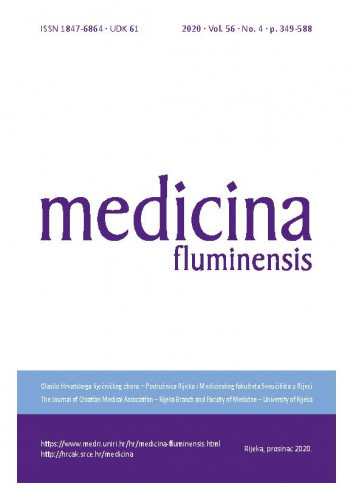Prisutnost protutijela HLA (engl. Human Leucocyte Antigen) u primatelja predstavlja jedan od najznačajnijih imunosnih čimbenika koji utječu na ishod transplantacije bubrega. Stoga test probira seruma na prisutnost protutijela HLA i određivanje njihove specifičnosti predstavlja iznimno važan dio imunogenetske obrade potencijalnog primatelja organa. Posljednjih desetljeća zlatni standard u ispitivanju senzibilizacije primatelja je metoda citotoksičnosti ovisne o komplementu (engl. Complement-dependent cytotoxicity; CDC), međutim, niska osjetljivost ove metode potaknula je razvoj novih tehnika, poput protočne citometrije i tehnika čvrste faze među kojima je Luminex tehnologijom postignuta najveća osjetljivost i specifičnost. U Laboratoriju za tipizaciju tkiva Rijeka probir seruma pacijenata provodi se usporedno metodom CDC i Luminex tehnikom, čije su osobitosti prikazane ovim radom. Uz mnoge prednosti, Luminex tehnika ima ograničenja koja interpretaciju rezultata testiranja čini složenom i zahtjevnom. Zbog toga se određivanje specifičnosti klinički značajnih protutijela HLA zasniva na rezultatima testiranja i metodom CDC i Luminex tehnikom. Uključuje brojne čimbenike koji zahtijevaju usku suradnju djelatnika laboratorija za tipizaciju tkiva i kliničara, a zasnivaju se na individualnoj procjeni imunosnog i kliničkog statusa svakog pacijenta. Uz brojne izazove, uvođenje Luminex tehnike u probir seruma pacijenata omogućilo je stjecanje novih spoznaja o važnosti i ulozi protutijela HLA u reakciji odbacivanja presatka, te donijelo važne promjene u kliničkoj transplantacijskoj medicini.; Human Leucocyte Antigen (HLA) alloimmunization is one of the most significant immune factors affecting the outcome of a kidney transplantation. Therefore, a sera screening and identification of antibody specificity are an extremely important part of the immunogenetic assessment of a potential organ recipient. In recent decades, the complement-dependent lymphocytotoxicity (CDC) assay has been the “gold standard” to detect and identify HLA antibodies. However, the low sensitivity of this method has encouraged the development of new techniques such as flow cytometry and solid phase techniques among which the highest sensitivity and specificity has been achieved with the Luminex technology. At the Tissue Typing Laboratory Rijeka, the screening of patients’ sera is performed in parallel with the CDC method and the Luminex technique, the characteristics of which are presented in this paper. With many advantages, the Luminex technique has several limitations that make the interpretation of test results complex and demanding. Therefore, the determination of clinically relevant HLA antibodies is based on the test results of both, CDC and Luminex technique. It involves number of factors that require close collaboration between tissue typing laboratory staff and clinicians based on individual patient assessment. Despite many challenges, the introduction of the Luminex technique into the screening of recipients’ serum has enabled to gain new insights into the importance and role of HLA antibodies in graft rejection and has brought some important changes in clinical transplant medicine.
Sažetak
Dio od

 Medicina Fluminensis : glasilo Hrvatskog liječničkog zbora - Podružnica Rijeka i Medicinskog fakulteta Sveučilišta u Rijeci = the journal of Croatian Medical Association - Rijeka Branch and Faculty of Medicine - University of Rijeka : 56,4(2020) / glavni i odgovorni urednik, editor-in-chief Saša Ostojić.
Medicina Fluminensis : glasilo Hrvatskog liječničkog zbora - Podružnica Rijeka i Medicinskog fakulteta Sveučilišta u Rijeci = the journal of Croatian Medical Association - Rijeka Branch and Faculty of Medicine - University of Rijeka : 56,4(2020) / glavni i odgovorni urednik, editor-in-chief Saša Ostojić.